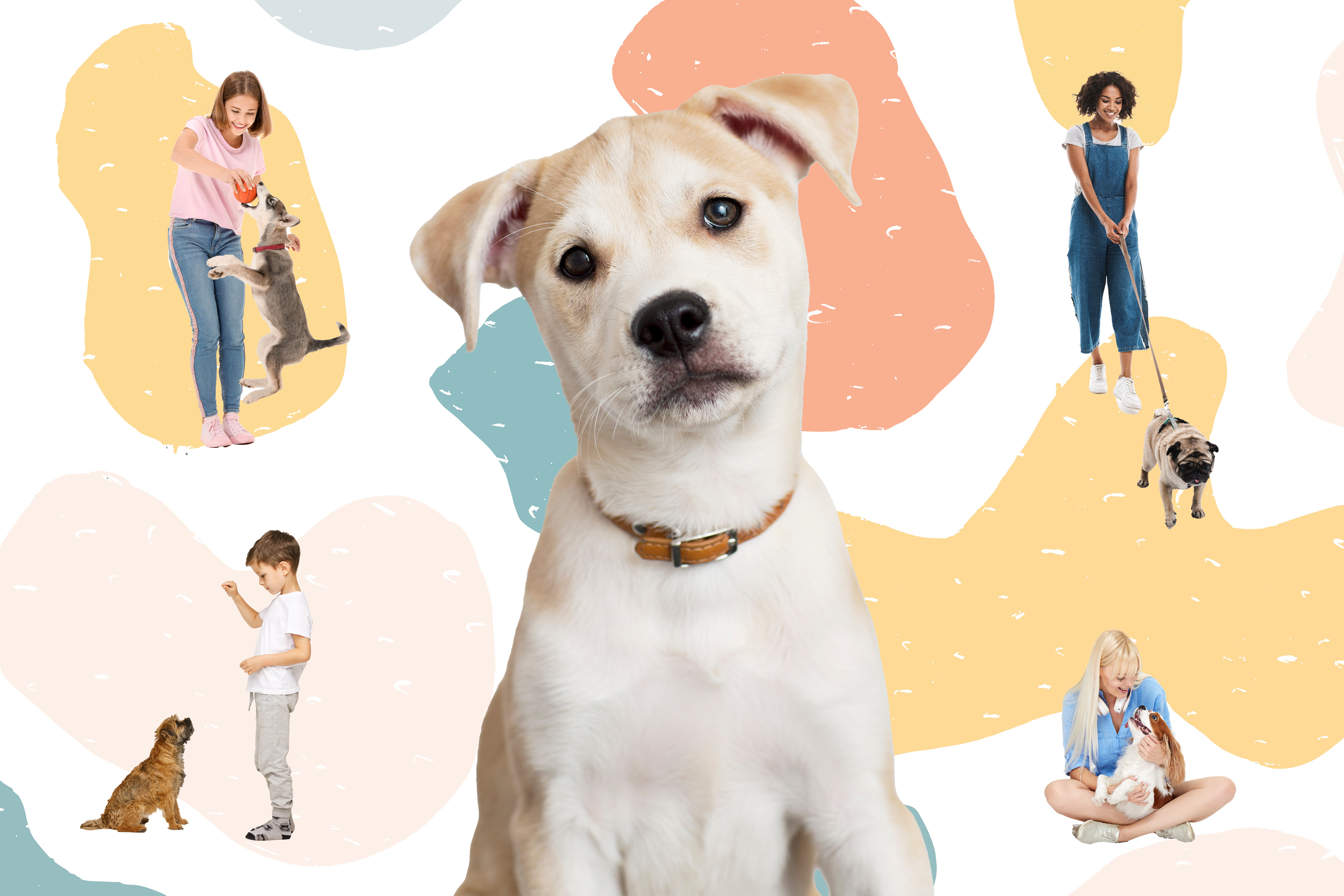The sight of a perfectly well-behaved dog and its owner as they walk along a park path or cuddle together, napping on the couch, can prompt the desire to adopt a dog of one’s own—but dogs don’t always start out that way. While most dogs are eager to please their humans, they and their humans need to be trained to ensure a happy relationship, which is why working with an experienced trainer or following the advice of a trainer is imperative.
“All owners have an obligation to train their dogs, to teach them what is expected of them,” said James Hamm of Lonestar Dog Trainer. After 31 years in the military, almost 27 of which were spent training military dogs, Mr. Hamm now operates his own firm.










